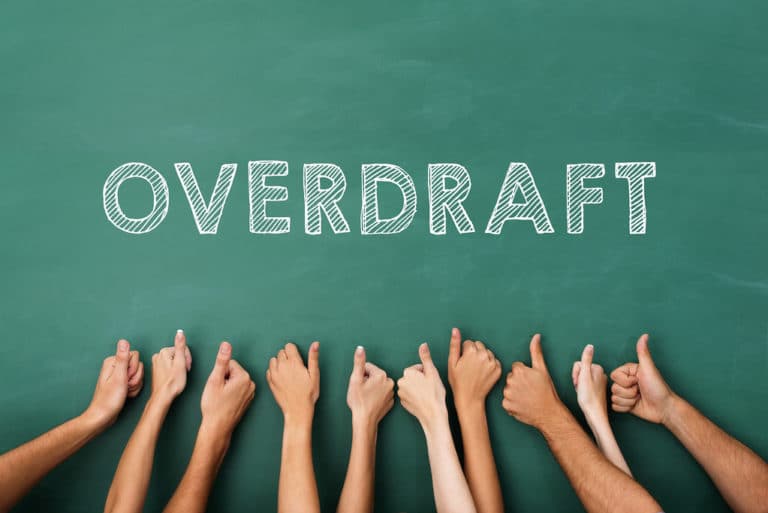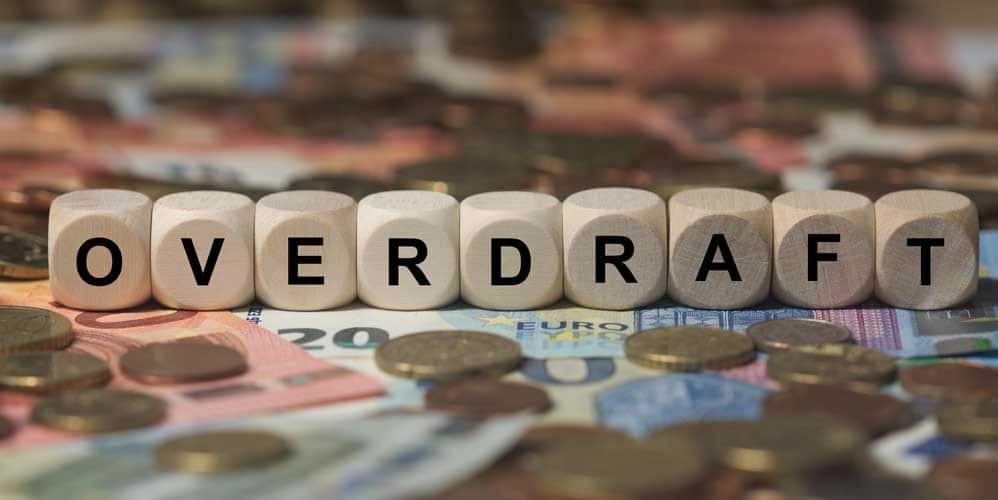
Living on an overdraft is not a healthy financial choice. Among the many forms of debt which you will come across, an overdraft is probably among the costliest ones. Once you start an overdraft cycle, it can be somewhat challenging to come out of it.Although arduous, coming out of an overdraft cycle is not entirely impossible. Certain proactive steps in this direction can help you to cut down your dependence on an overdraft. So, as long as you do not have an emergency and cheaper sources of funds are available to you, it would be a wise decision to put behind the idea of an overdraft.
Where Should You Start To Get Rid Of An Overdraft?
Getting out of an overdraft can take some time and matters a lot on how you have been using the overdraft facility. Here are some ways to cut your overdraft and begin living a life free of debt.
Stop Using Overdraft
Once you no longer need an overdraft facility, the ideal thing to do is to stop using it. It may not be easy to do in one go, but you can seriously bring down the amount of overdraft you use every month with gradual efforts

Avoid spending the entire limit on your overdraft each month, which is a good starting point for you when you are trying to cut back relying on it. It is a good idea to consult with your lender and decide on an amount that is enough to pay back every month so that you can eventually get out of your debt.
Create A Budget
One of the most prominent ways to fight off your overdraft is to prepare a budget. While there is nothing too fancy about this tip, it is true that it basically entails preparing a basic schedule of what you are bringing home and how you are going to spend it. Writing it down helps to get a clear idea about the areas you are spending most on and identify areas where cost-cutting can occur. It is a good idea to note down every detail of this matter, even if it is small.
Choose A Credit Card With A Low-Interest Rate To Repay The Balance
Another way to cut down on an overdraft facility is to transfer the outstanding balance to a credit card with a low-interest rate. Else, you can also take a loan on such a credit card and use it to pay off the monthly instalments on your overdraft.Usually, the rates of interest on such loans and credit cards are lower than the rate of interest on an overdraft. Avoid using your loan or credit card for any other purpose than to repay the overdraft. At the same time, make sure that you do not default on the payments which are due on such a loan or card. Doing so may increase your overall interest burden, rendering it useless to attempt and pay off your overdraft.
Manage Your Debt Dates
Since an overdraft entails interests and charges based on how frequently and for how long you make use of the facility, shifting your usage of such debt can be of some help. You can shift the dates of payment for dues such that they are close to the dates on which an income source can be used to pay them off.Doing this reduces the time for which your dues remain in overdraft. As a result, the charges on them will come down as well.
Maintain A Difference Between Overdrafts And Regular Banking
Consider taking help from your bank to separate your overdraft account from your regular banking account. Doing this will classify your overdraft as a normal loan or debt.You will then be able to pay it off like any other debt without overspending or incurring heavy charges on it. Moreover, you will be able to plan and prepare a strategy about the repayment schedule of such overdraft without any unnecessary burden.
Repay Debts Which Carry The Highest Rate Of Interest
You can benefit by preparing a list of debts which you owe. This practice will enlighten you about the debts which carry the highest rates of interest. Adding the number of due interests and fees to this figure will give you a complete picture of your debts.If you find that your overdraft is costing you the most, it is a good idea to pay it off in priority to other debts. Your focus should be set on paying off your overdraft before any other debts.
You may make small payments towards other debts as well during this time.
Take Help From Your Savings Account
Sometimes, when the overdraft situation becomes quite tricky, using your savings account may be the best option that you get to save yourself. In most cases, the cost of maintaining an overdraft surpasses the rate of interest which you earn on your savings account.So, at times, this may be the best resort that you have! Instead of putting money in your savings account, consider diverting it towards the repayment of your overdraft facility. Eventually, this practice will help you shed off your debt burden quicker and avoid the high costs of maintaining.
Consider Your Credit Position
Paying off your debts may take some time and ultimately impact your credit situation. Your ultimate approach to pay off your overdraft should be an affordable one.
Budgeting is a highly beneficial financial tool that can help you make the right decisions on this front. If it is too much for you to comprehend, taking expert financial help is an excellent choice to avoid making a costly mistake.Repayment of an overdraft may or may not help in boosting your score, so make sure that you are going about it the right way.
To Sum Up
your financial status. These tips can help you get rid of an overdraft in a seamless manner and avoid falling into a debt trap.
Since this is a fairly complex financial arena, you can reach out for help to an expert who understands an overdraft’s necessary details.